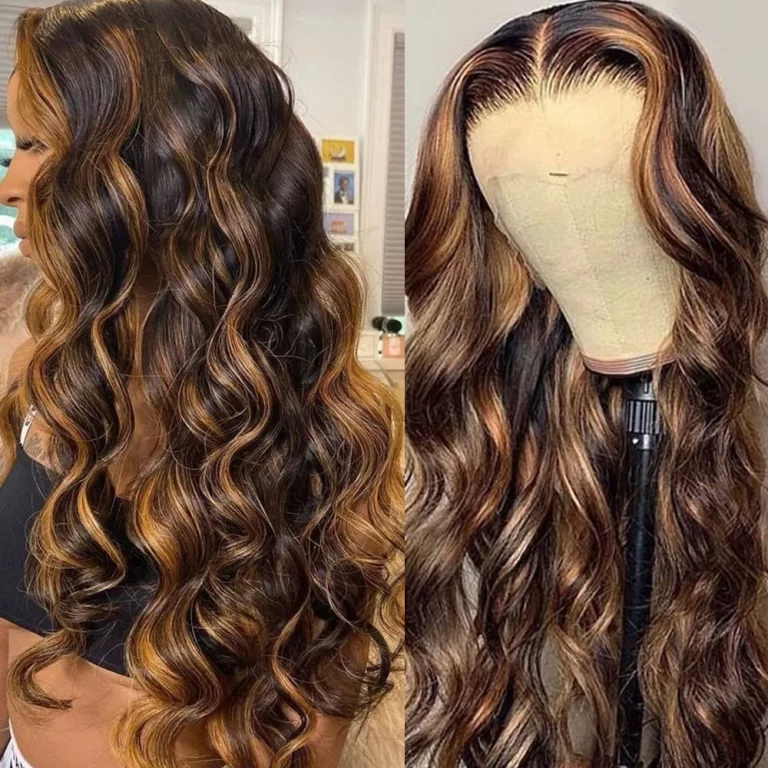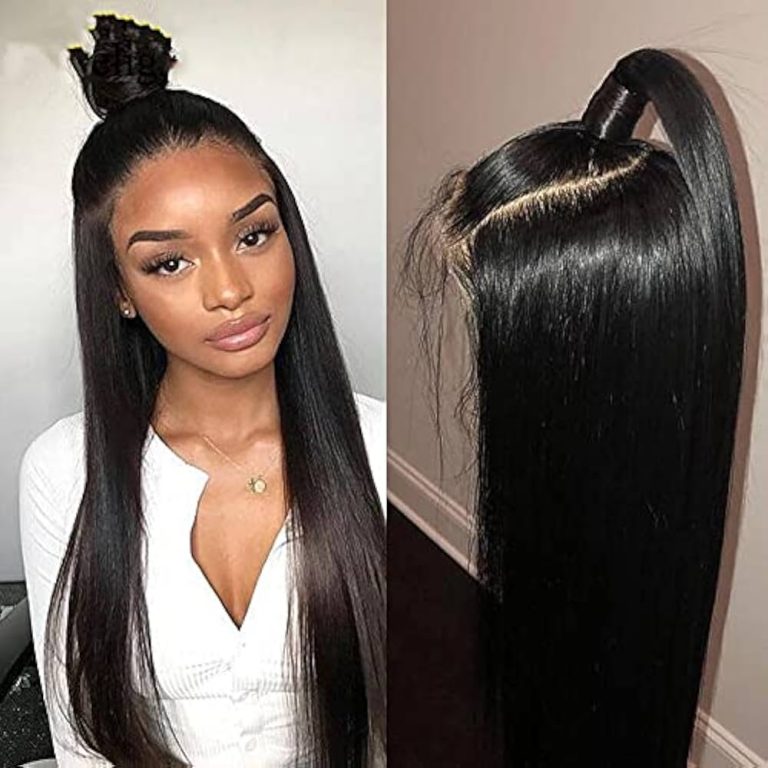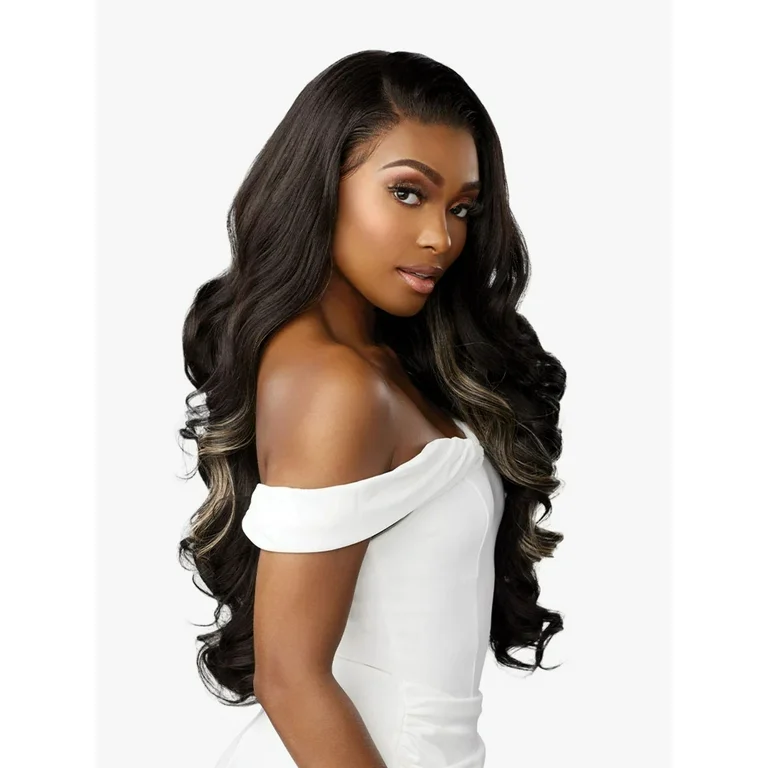
Unraveling the Origins of Wigs: A Historical Insight
The Ancient Beginnings of Wigs
Wigs are traced back to ancient Egypt, as early as 3400 BC. They initially served practical purposes; Egyptians faced harsh desert sun and often shaved their heads to stay cool. To protect bald heads from the sun while maintaining a fashionable appearance, wigs were crafted. Where did wigs originate?The social class dictated wig materials; the upper class flaunted human hair or even silver wigs, the lower class settled for wigs made from fibers like wool.
Wig making quickly became a profession. Hairstyling and wig making fostered creativity and gave rise to a range of hairstyles. By the 15th century, the wig industry had matured. Individuals could choose from fake hair attached to their own or full wigs called ‘perruques.’ This term would evolve, and by 1675, the word ‘wig’ officially entered the English language. It’s incredible how an item created for protection evolved into a symbol of status and style.
The Golden Era of Wigs: From Luxury to Necessity
The Golden Era of wigs signifies a major shift in societal norms and fashion.Where did wigs originate? Originating for practicality, by the 17th century, wigs evolved into lavish symbols of status. Notably, kings with thinning hair, like Louis XIV of France and Charles II of England, popularized the trend. Their loss catalyzed wig-making – an industry that showcased wealth and social standing.
During this period, wigs were not just luxury items but necessities. Hygienic practices were less developed, making head lice a common issue. Wigs, often easier to clean than actual hair, served as a practical solution for maintaining appearances while dealing with these nuisances.
Wig ownership also denoted one’s place in society. Elaborate styles, such as the peruke, were reserved for the affluent. As the trend trickled down, even the middle class adopted simpler wigs or mimicked the style with their hair, demonstrating social aspiration.
Wig makers, through their guilds, regulated the craft and trade. The mark of excellence in wigmaking was seen in the intricate designs and the use of high-quality materials like human hair or ivory.
The Golden Era saw the normalisation of wigs in daily life. Whether concealing hair loss, protecting the scalp, or showcasing economic status, wigs became indispensable for many. This period left a lasting imprint on fashion history, cementing wigs as iconic artifacts of a bygone zeitgeist.

Wigs as a Symbol of Status and Authority
During the rise of wigs, they were more than mere fashion pieces. Where did wigs originate?They symbolized power, wealth, and rank. Monarchs like Louis XIV and Charles II, with their thinning hair, set a trend. Wigs became signs of authority and high social status.
In the 17th century, the size and style of one’s wig could speak volumes. A big, luscious wig often meant the wearer held a high position. English judges wore them in court, showing their legal power.
Wig makers held prestige. They formed guilds, shaping wig trends and styles. These guilds ensured quality craftsmanship, using the finest materials.
Owning a wig also became a sign of cleanliness. With head lice common, wigs served practical purposes. A well-maintained wig was a symbol of good hygiene, something valued in high society.
The wig’s role as a symbol of status and authority carried over into various professions. In particular, roles like barristers and judges associated wigs with formality and respect.
Overall, wigs in history were not just hairpieces. They were rich in meaning, showing one’s place and power within society.
The Evolution of Wig Making Techniques
The skill in crafting wigs has seen remarkable advances since their inception. Originating from ancient times where simple materials were used, the making of wigs has transformed into an art form. In the beginning, wig makers fashioned hairpieces from whatever was available, whether it was animal hair, plant fibers, or even precious metals.
During the 17th century, the widespread use of wigs led to the establishment of wig makers’ guilds. These guilds honed the craft, ensuring quality and setting high standards for materials and construction. Human hair became the preferred material, valued for its natural appearance and longevity.
The technique of creating wigs evolved, with innovation at every turn. For example, the intricate arrangement of locks and curls in the perukes of the 17th and 18th centuries required skilled hands and careful attention to detail. The use of powders to color wigs, introduced in the same era, further enhanced their style.
As the demand for wigs grew, so did the need for mass production. Where did wigs originate?By the 19th century, wig making became more industrialized, with the introduction of methods that allowed for faster and more uniform production. The creation of synthetic fibers in the 20th century revolutionized the industry once again, offering a cost-effective and hypoallergenic alternative to human hair.
Wig making techniques have come a long way. They started from simple, functional designs to being status symbols crafted with precision and care. The evolution of these techniques reflects the changing fashion and needs of society. As we continue to innovate, the wig remains a testament to human creativity and adaptability.
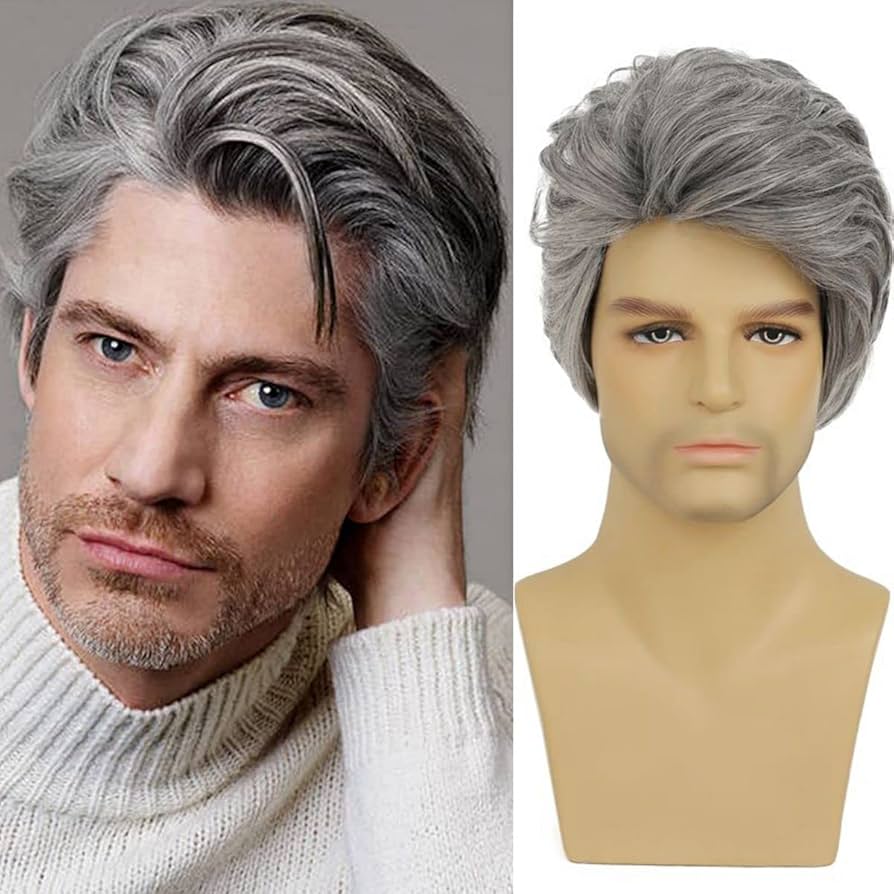
Powdered Wigs: A Fashion Statement of the Past
Powdered wigs were once a huge trend in Europe. Initially, they hid baldness due to syphilis. Kings and nobles made them a status symbol. White wigs meant wealth and were highly sought after. By the late 1600s, perukes or powdered wigs soared in popularity. They symbolized nobility and were often used in royal courts. The powder was sometimes scented, masking unpleasant smells. Flour or starch could be used for the powdering process. Hair became an art form, as large wigs displayed grandeur. However, powdered wigs also brought discomfort and high maintenance. The 18th century saw elaborate styles with extensive decoration. But they began to be criticized as symbols of deception. Powdered wigs were soon linked to excessive aristocracy. By the 19th century, this trend was declining rapidly. Short, natural hairstyles gained favor over powder-puffed wigs.
The Decline of Wigs as a Fashion Accessory
The late 18th century marked the decline of wigs as a fashion staple. By that time, short, natural hairstyles gained popularity, becoming the go-to look for both men and women. This shift can be attributed to several factors, all contributing to the fall of powdered wigs from their pedestal of style.
Firstly, the extravagant cost of powdered wigs became less justifiable. Where did wigs originate?The middle and upper classes began to view such expenses as frivolous. This change in mindset closely aligned with the values of the Enlightenment, where reason and practicality prevailed.
Secondly, a shift in political climates had an effect. The French and American revolutions promoted equality and removed many symbols of the aristocracy, wigs included. Those who wore powdered wigs were now seen as out of touch with modern values and the common person.
Furthermore, hygiene played a significant role. Advances in understanding health and cleanliness reduced the need for wigs as protectants against lice. People preferred their own, easier to maintain, hair over costly, high-maintenance wigs.
Additionally, the Hair Powder Tax introduced by William Pitt in 1795 in Britain soured the public’s taste for wigs. The tax made powdering hair, and by extension wearing wigs, an expensive habit. This led to a rapid decline in the trend.
As fashion moved forward, wigs became less about status and more about practicality. They were no longer daily accessories but specialized tools for certain professions or a means of expression in theatre and entertainment.
The decline of wigs highlights a significant transformation in societal values and fashion. It’s a testament to how style not only reflects but also adapts to the changing tides of culture and society.
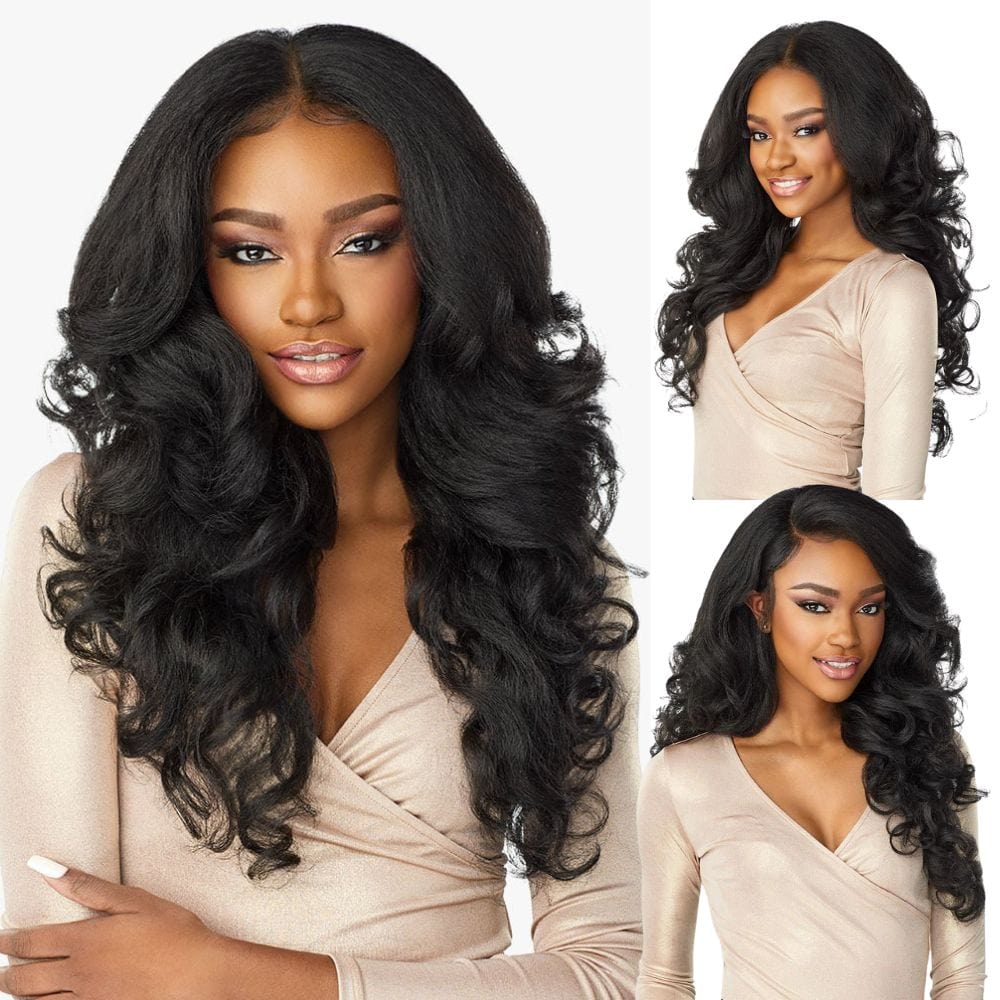
Wigs in the Legal and Theatrical World Today
Where did wigs originate?Wigs hold a unique place in the legal and theatrical fields. This tradition harks back to the 17th century and serves as a symbol of anonymity and authority. Despite modernization, this practice persists, honoring the profession’s history.
In theater, wigs are quintessential for character transformation. They help actors immerse into roles, ensuring the audience suspends disbelief. Historical accuracy often relies on wigs, as does the portrayal of fantastical characters. With vast style options, wigs allow for quick costume changes and diverse character appearances.
Today’s wigs in these spheres use advanced materials for realism and comfort. They are less about social status and more about role enhancement. Whether in a courtroom drama or a stage play, wigs continue to be a pivotal accessory in portraying identity and profession.
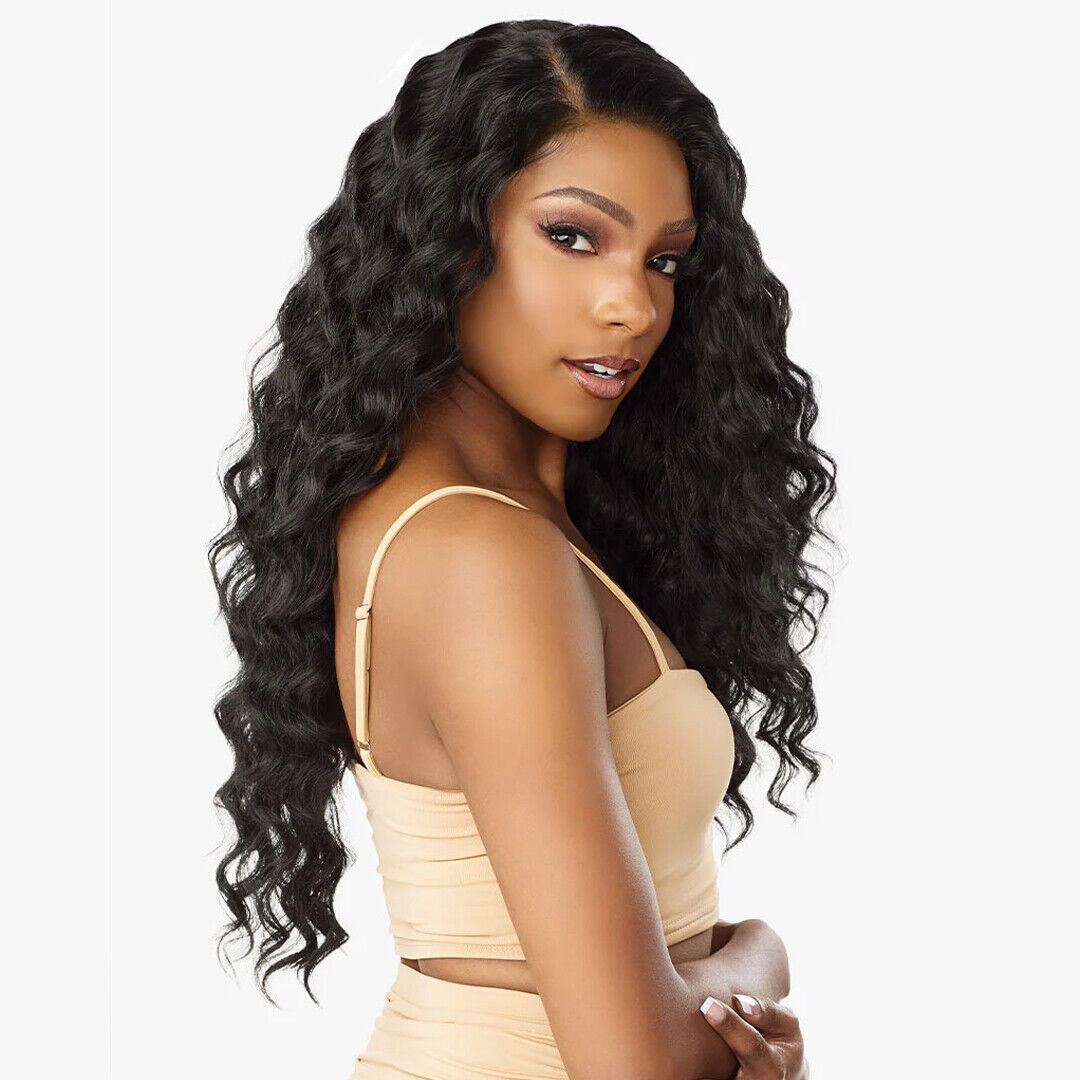
The Modern Resurgence of Wigs: Fashion and Functionality
Where did wigs originate?Wigs have made a bold return in the modern era. Their resurgence ties into fashion trends and functional needs. They cater to a wide audience, including fashion enthusiasts, individuals with hair loss, and those in the entertainment industry.
Accessibility in Today’s Market
The wig market has expanded greatly. From luxury boutiques to online stores, wigs are now easily accessible. Synthetic and human hair options cater to various budgets and preferences. The growth in e-commerce has made wigs just a click away for consumers.
Varied Styles and Customization Options
Modern wigs offer countless style options. They range from realistic to bold and colorful designs. Customizable wigs allow for personal expression and unique looks. Short, long, curly, or straight – there’s a wig for every desired hairstyle.
Advances in Technology
Technological advancements have greatly improved wigs. Modern materials mimic the look and feel of natural hair. Innovations in wig construction ensure comfort and a natural fit. The market offers ‘lace fronts’ and ‘full lace’ wigs for seamless hairlines.
Wigs for Hair Loss Solutions
Medical conditions that cause hair loss have led to increased wig use. People with alopecia or undergoing chemotherapy find confidence in wearing wigs. Wigs provide a way to maintain a normal appearance during tough times.
Convenience for a Fast-Paced Lifestyle
Wigs are perfect for those with busy lives. They save time on styling and are easy to wear. Changing looks without commitment is another reason for their popularity. Wigs enable quick transformations for work, social events, or simply for fun.
Influencer and Celebrity Impact
Celebrities and influencers have embraced wigs, influencing many to follow. Social media showcases a variety of wig styles worn by public figures. This exposure has normalized wig wearing and spurred interest among fans.
In summary, the modern resurgence of wigs reflects today’s values of practicality, style, and self-expression. They provide solutions for hair loss and offer convenient style changes. The rich history of wigs continues to evolve as they adapt to modern needs and tastes.
